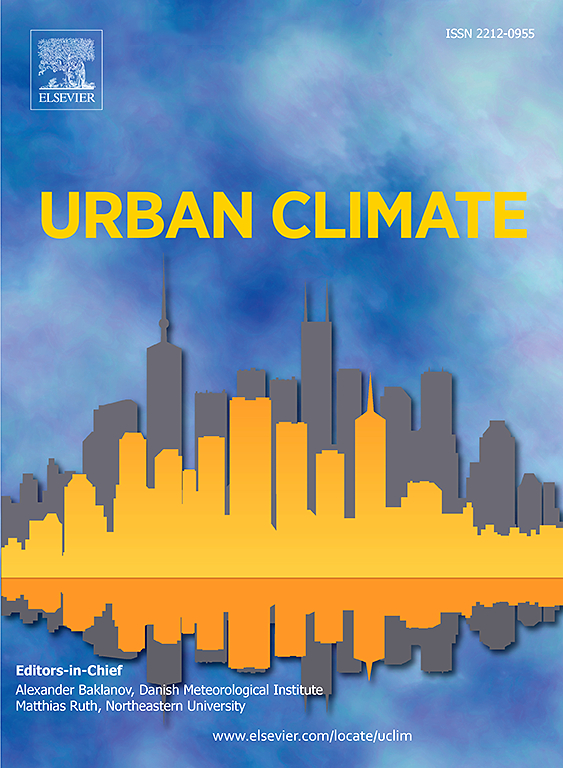A conceptual analytical framework for green infrastructure (GI) towards resilience building in urban contexts: A Stakeholders' collaboration perspective
IF 6
2区 工程技术
Q1 ENVIRONMENTAL SCIENCES
引用次数: 0
Abstract
The conceptualization of green infrastructure (GI) has evolved from a limited focus on individual green spaces to a more systemic approach that considers the interconnectedness of green spaces to offer a long-lasting, all-natural remedy for climate and urban challenges. This evolution has led to greater recognition of the importance of integrating GI into urban planning, significantly shaped by stakeholder participation. This paper presents a conceptual framework aimed at supporting GI planning and implementation, with a strong emphasis on stakeholders' collaboration. The framework is built upon the evolving understanding of GI, influenced by societal values, scientific advancements, collaborations, and policy frameworks.
Through a systematic review of literature from 2013 to 2023, the paper examines the changing conceptions of GI, highlighting synergies and trade-offs in its application. Findings reveal that successful GI integration in urban planning requires a collaborative approach involving government, the private sector, and community groups. However, leading such collaboration effectively remains a challenge. The final conceptual framework presented in this paper outlines four stages of collaboration: the silo approach, multidisciplinary, interdisciplinary, and transdisciplinary models. By adopting a collaborative, evolving approach to GI implementation, urban areas can fully realize the potential benefits for both people and the environment.
城市环境下绿色基础设施(GI)弹性建设的概念分析框架:利益相关者合作视角
绿色基础设施(GI)的概念已经从对单个绿色空间的有限关注演变为一种更系统的方法,该方法考虑了绿色空间的相互联系,为气候和城市挑战提供了持久的、全天然的补救措施。这种演变使人们更加认识到将地理标志纳入城市规划的重要性,这在很大程度上取决于利益相关者的参与。本文提出了一个概念框架,旨在支持地理标志的规划和实施,强调利益相关者的合作。该框架建立在对地理标志不断发展的理解之上,受到社会价值观、科学进步、合作和政策框架的影响。
本文章由计算机程序翻译,如有差异,请以英文原文为准。
求助全文
约1分钟内获得全文
求助全文
来源期刊

Urban Climate
Social Sciences-Urban Studies
CiteScore
9.70
自引率
9.40%
发文量
286
期刊介绍:
Urban Climate serves the scientific and decision making communities with the publication of research on theory, science and applications relevant to understanding urban climatic conditions and change in relation to their geography and to demographic, socioeconomic, institutional, technological and environmental dynamics and global change. Targeted towards both disciplinary and interdisciplinary audiences, this journal publishes original research papers, comprehensive review articles, book reviews, and short communications on topics including, but not limited to, the following:
Urban meteorology and climate[...]
Urban environmental pollution[...]
Adaptation to global change[...]
Urban economic and social issues[...]
Research Approaches[...]
 求助内容:
求助内容: 应助结果提醒方式:
应助结果提醒方式:


